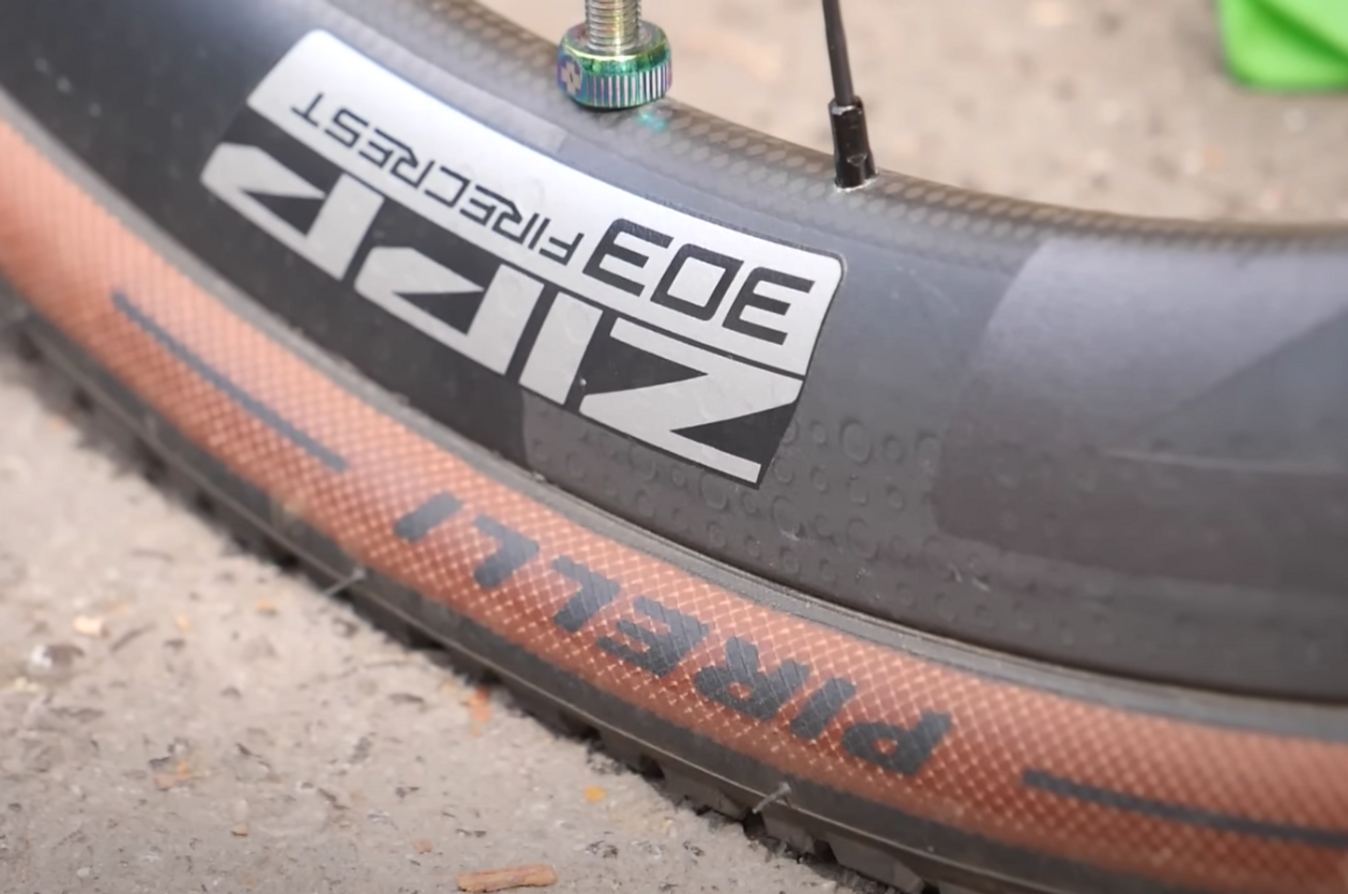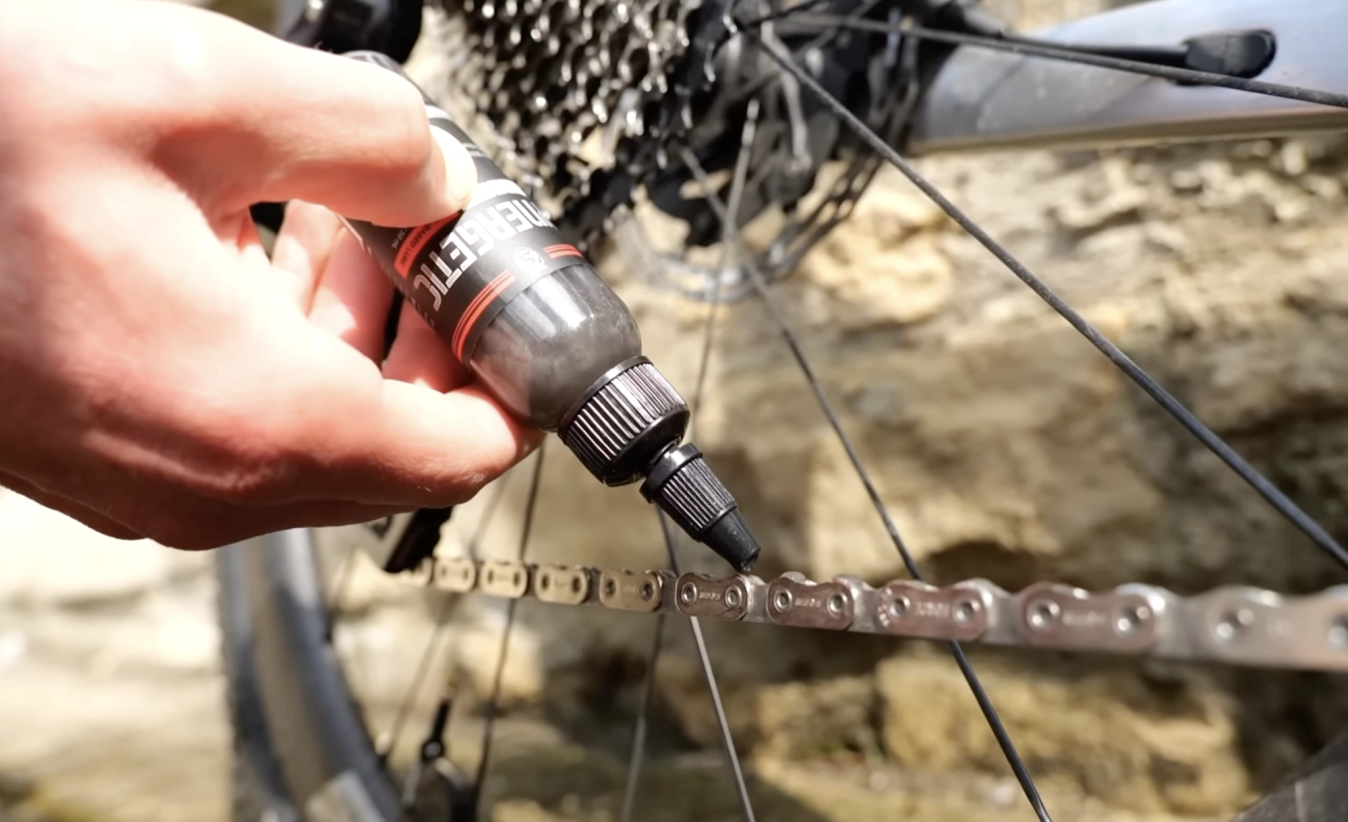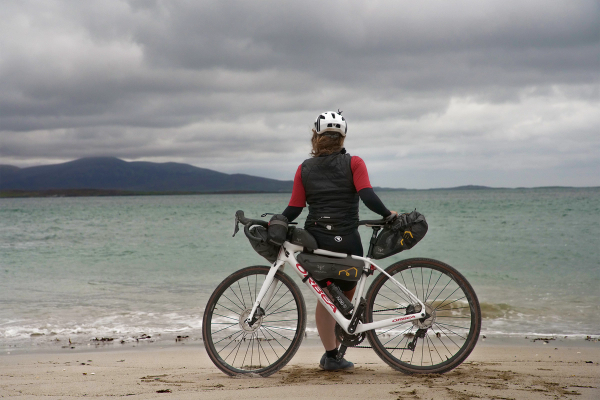How to set up your gravel bike for bikepacking adventures: Top tips for beginners
Follow these tips to avoid any mishaps on your first bikepacking adventure
Tom Hallam-Gravells
Online Production Editor
While some off-shoots of the discipline have strayed, gravel riding has always been firmly centred around the spirit of adventure. It’s an opportunity to veer from the safe confines of smooth tarmac and discover new off-road terrains and skills.
There’s nothing that encapsulates this spirit more than a gravel bikepacking adventure. Throwing away the shackles of a single-day ride, strapping some overnight gear to your bike opens up the potential for multi-day rides, allowing you to explore further afield.
It’s no surprise, therefore, that bikepacking has become hugely popular, with more and more cyclists taking the plunge to experience one of the purest forms of cycling adventure. If you’re one of those, it’s important to make sure that your bike is set up correctly before heading out on your adventure - you don’t want to realise you’ve made a mistake when you’re stuck in the middle of the countryside!
Follow our top tips below and you shouldn’t have any problems.
- Read more: Gravel bikes, riding, racing and events: Everything you need to know about the sport in 2024
Protect your frame

© GCN
Bags can scuff a bike's paintwork
Spare clothes, maintenance essentials, food, water, cutlery…there are lots of things to carry on a bikepacking adventure. Most cyclists use bike bags for the job and these come in all different shapes and sizes, including variations that attach to the frame.
On-frame bags are a convenient way to carry essentials but they can potentially damage the paintwork on your bike. Cyclists take great pride in the appearance of their bikes, so scuffed paintwork is a big no.
This doesn’t mean that you have to give up on on-frame bags. Instead, you simply need to protect any parts of the frame that will come into contact with a bag. There are specialist frame protection kits for this which contain strips of transparent plastic that stick to a frame. You can also use tape, although it may ruin the look of your bike. Whichever option you choose, make sure you’ve covered every possible area that could be affected by a bag.
- Read more: Beginner's guide to bikepacking
Take advantage of mounting points…but use the correct bolt
Mounting points are also a handy way to store things for those longer bikepacking trips when you’ll be laden with gear. Most gravel bikes will be littered with mounting points which will allow you to attach panniers and other accessories like mudguards, so take advantage of them.
Most of the time a bike arrives with a bolt pre-installed in the mounting point or they’ll be delivered in a separate bag with the frame. Either way, make sure you use the correct bolt. If you lose the original and try to use a different one which isn’t compatible, it could strip the thread on the mount rendering it useless. Worst still, you could cause irreparable damage to your frame. So, stick to the bolts that come with the bike or only use alternatives if you’re certain that they’re compatible.
- Read more: How to fit mudguards to a bike
Be prepared with the correct tools

© GCN
A small torque wrench set will come in handy
Like on any bike ride, you’ll need to carry the maintenance essentials; things like a puncture repair kit, spare inner tubes, a chain tool, and so on. In addition, you’ll also need something to secure the bolts in the mounts should you need to remove them during your adventure.
- Read more: Five essential tools and spares for cyclists
All bolts on a bike should be secured within the recommended torque limit, which will be provided by the manufacturer. This requires a torque wrench which is a useful addition to your tool arsenal on a bikepacking adventure. Beyond mounts, it can also be used to secure any other bolts that may worm their way loose thanks to the onslaught of vibrations you’re likely to experience on the rougher off-road terrain. It’s also handy for securing thru axles after repairing a puncture.
Torque wrenches come in all shapes and sizes, including pocket-sized versions that can easily be slotted into a bag. Don’t forget any adapters too, so that the wrench can be attached to the various bolts and axles on your bike.
Pack your bags with care
Excited and anxious ahead of your first bikepacking adventure, it’s tempting to over pack your bags - after all, it’s better to be over rather than underprepared. While there’s nothing wrong with planning for every eventuality, make sure that you don’t exceed the recommended weight limits for both the bags and the mounting points.
If you ignore these, the straps on the bags can rip, which could leave you in a pickle mid-ride and having to rely on a bodge to nurse the bag back home.
Tyre pressure matters

© GCN
Tyre pressure has a big effect on comfort
The correct tyre pressure will depend on multiple factors, including your specific set-up, the manufacturer’s recommended limits, whether you’re running tubeless, and the specific terrain you’ll be tackling. System weight should also be taken into account.
System weight is everything on your bike combined, including your clothing, any bags and anything packed inside the bags. The more weight there is, the lower the tyre pressure should be. There isn’t an exact science to this but many brands, like Pirelli, have charts with recommended tyre pressure per weight, so it’s best to stick to these wherever possible.
Tyre pressure has a big effect on comfort so it’s important to get this right, especially if you’ll be riding your bike over multiple days.
Prepare for rain
If you’re lucky enough to live and cycle in sunny climes where it barely ever rains, you can skip past this point. Unfortunately for everyone else, rain is something that we simply have to contend with and prepare for.
This preparation becomes especially important for a bikepacking trip when you don’t have a warm home and a hot shower waiting for you at the end of the day. You’ll face a miserable night in a bivvy or a tent if all of your spare clothes and belongings are dripping with water. To avoid this nightmarish scenario, place everything inside plastic bags and then place them in your bike bags. That way they’ll be protected from any rain during your ride.
- Read more: What should you wear on a gravel ride?
Carry extra lube
Across the course of a multi-day adventure, your bike will be exposed to various conditions. This can cake the chain in dirt and strip away the lube. You’ll know that the chain is in need of some care when it becomes much noisier.

© GCN
Carry spare lube on your trip
When this warning signal sounds, it’s time to apply a little extra chain lube. To do that, you’ll need to make sure that you carry spare lube with you. Lube bottles are usually small and compact so this shouldn’t be a problem, but you can also decant some into a smaller container - just make sure it doesn’t leak.
Most importantly of all, test your set-up before embarking on your first bikepacking journey. It’s often the small things that cause the issues, like your knees banging against a bag. It’ll be a valuable lesson best endured on a shorter test ride than in the middle of a multi-day adventure.
If you want learn more about gravel riding, the kit you need and the events you are almost certainly going to want to enter, then head over to our gravel hub page, linked here.








.jpg?w=600&auto=format)


.jpg?w=600&auto=format)
